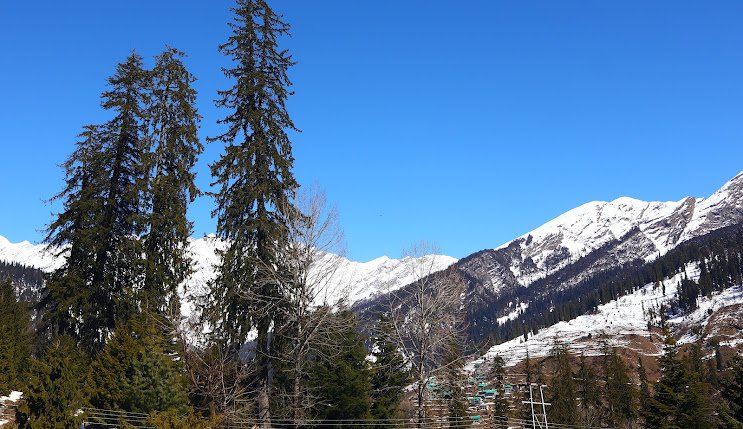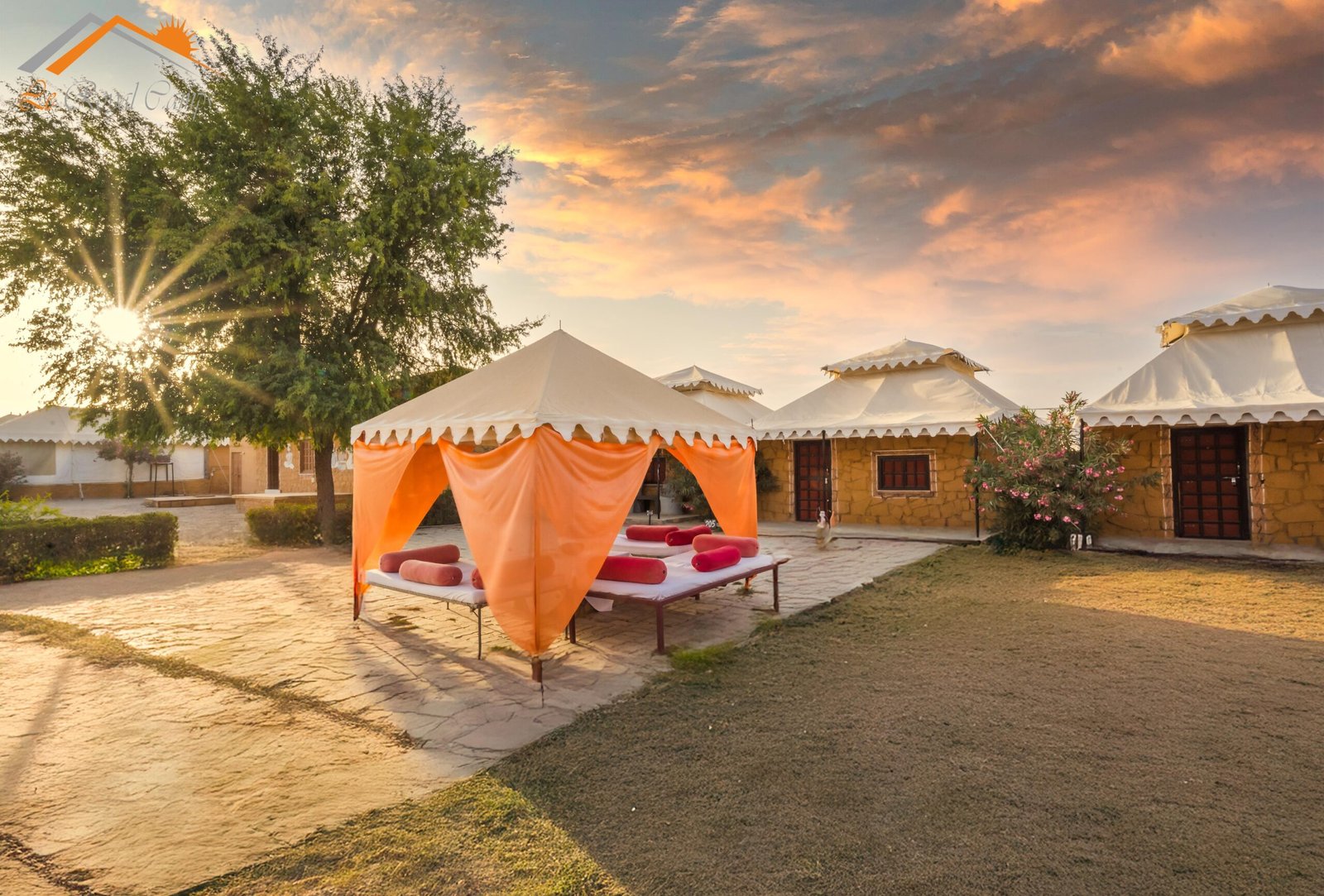The Annapurna Base Camp Trek is one of the most celebrated and scenic treks in the Himalayas, and for Indian travelers, it’s remarkably accessible—both geographically and financially. In 2025, as international travel regains momentum, more and more Indians are eyeing Nepal as the perfect trekking destination that offers natural beauty, cultural richness, and adventure without the burden of high currency exchange rates or visa hassles.
However, planning a trek like this isn’t just about packing your rucksack. Understanding the cost breakdown is crucial. Whether you’re a college student looking for an affordable Himalayan adventure or a working professional craving an offbeat experience, this guide will help you budget wisely and trek confidently.
1. Travel from India to Nepal: Crossing the Border Economically
Unlike international tourists who rely mostly on expensive flights, Indians have multiple affordable ways to reach Nepal.
A. By Air:
Flying to Kathmandu is the fastest option. Direct flights operate from major Indian cities like Delhi, Mumbai, and Kolkata. A round-trip ticket from Delhi to Kathmandu generally costs between ₹10,000 to ₹18,000, depending on the season and how early you book.
B. By Train and Road:
Budget-conscious travelers often prefer reaching Nepal by train and road:
- Train to Gorakhpur: Around ₹500–₹1,000 (Sleeper or AC).
- Bus/Taxi from Gorakhpur to Sunauli Border: ₹150–₹400.
- Bus from Bhairahawa (Nepal side) to Kathmandu: ₹800–₹1,200.
This overland route can get you to Kathmandu for under ₹2,000, though it takes longer (around 24 hours). It’s ideal for backpackers or students.
Analysis: For those with time, the road option offers a huge budget benefit. But for working professionals, the flight is well worth the saved hours and fatigue.
2. Visa Rules for Indian Citizens
Here’s the best part—Indian citizens don’t need a visa to enter Nepal. You only need a government-issued ID like an Aadhaar card or passport. No visa fee, no documentation hassle.
Travel Tip: Always carry a physical ID and 2–3 passport-size photos just in case. It helps while booking SIM cards or domestic transport in Nepal.
3. Permits Required for the Trek
Even though Indians don’t need a visa, they still need trekking permits:
- TIMS Card: ₹1,200 (approx. NPR 2,000)
- ACAP Permit: ₹1,200 (approx. NPR 2,000)
Total comes to around ₹2,400. You can get these in Kathmandu or Pokhara, but to avoid delays, agencies like Mission Himalaya Treks handle all permit work smoothly as part of their packages.
My Opinion: Don’t try to save a few hundred rupees by managing permits on your own. It takes time, and you may get lost in bureaucracy. Let a registered agency handle it professionally.
4. Trekking with a Guide or Solo: What’s Better for Indians?
Many Indian trekkers assume that because Nepal is a neighboring country, they can just pack a bag and go solo. That might work for the seasoned traveler, but the Himalayas are not to be taken lightly.
A. Guided Trek Package (Recommended):
- Includes permits, accommodation, meals, guide, porter, and transport.
- Costs around ₹35,000 to ₹50,000 for a 7–10 day itinerary.
B. Independent Trekking (DIY):
- You pay separately for permits, stay, food, etc.
- Might cost ₹25,000 to ₹35,000, but you do everything on your own.
Why a Guide Helps: Even if you speak Hindi or Nepali, having a certified guide ensures safety in case of altitude issues or weather changes. Plus, a guide enhances your understanding of local culture, routes, and history. Agencies like Mission Himalaya Treks provide trained, English and Hindi-speaking guides who are familiar with Indian preferences (food, culture, etc.).
5. Transport from Kathmandu to the Trek Start Point
To begin the Annapurna Base Camp Trek, you first have to get to Pokhara, the gateway city.
Options:
- Tourist Bus: ₹600–₹1,200 (8–10 hours)
- Flight: ₹4,000–₹6,000 (30 minutes)
From Pokhara, you drive to Nayapul or Ghandruk, the trailheads. Local transport costs another ₹500–₹1,000 depending on the vehicle.
Suggestion: Take a tourist bus one way and fly the other, depending on your energy levels and budget. Mission Himalaya Treks usually arranges this as part of their full package for smoother experience.
6. Accommodation and Meals on the Trail
Tea houses are the standard accommodation during the ABC trek. They are simple, clean, and affordable.
Costs:
- Room per night: ₹300–₹600
- Meals per day: ₹800–₹1,200 (3 meals)
Expect to spend about ₹8,000 to ₹12,000 on a 7–10 day trek for food and stay if you’re paying out of pocket.
Food Note: The higher you go, the more expensive food becomes. A plate of dal bhat in Ghandruk might be ₹250, but in ABC it may cost ₹500. Food and fuel are carried by mules or porters.
7. Guide and Porter Charges (if Not in Package)
- Guide: ₹2,000–₹3,000 per day
- Porter: ₹1,500–₹2,000 per day
For a 7-day trek, you’re looking at ₹25,000–₹35,000 for both. Hiring both is common and recommended if you want to enjoy the trek without exhausting yourself carrying 12–15kg backpacks.
Reality Check: Don’t go for the cheapest option. Reliable agencies like Mission Himalaya Treks ensure your guide is experienced, trained in first aid, and respectful. This is worth every rupee.
8. Trekking Gear: Buy in India or Rent in Nepal?
Some things you may already own: warm jackets, trekking shoes, thermals. Others like down jackets, sleeping bags, and poles can be rented.
Renting in Nepal:
- Down jacket: ₹150/day
- Sleeping bag: ₹100–₹150/day
- Poles, crampons: ₹50–₹100/day
If you trek for 7–10 days, total rental cost may be ₹1,000–₹2,000.
Advice: Bring your own shoes from India. But rent bulky items in Pokhara or Kathmandu. Mission Himalaya Treks helps clients find quality rental shops that won’t cheat you with poor gear.
9. Travel Insurance: Do Indians Need It?
Many Indian travelers skip this, thinking “we’re just going to Nepal.” But remember: you’ll be trekking above 4,000 meters. Travel insurance with emergency evacuation is wise.
Some Indian providers now cover this for ₹500–₹1,500. Look for coverage that includes helicopter rescue and accidental injury during trekking.
Opinion: If you’re doing this once-in-a-lifetime adventure, spending a little extra for safety is just common sense.
10. Miscellaneous Expenses: Connectivity, Tips, and Souvenirs
- Wi-Fi in tea houses: ₹200–₹400
- Charging phones/power banks: ₹100–₹300
- Tips for guide/porter: ₹2,000–₹5,000 depending on group size
- Shopping in Pokhara or Kathmandu: ₹1,000–₹3,000
You should keep aside ₹3,000–₹6,000 for these extras.
Full Cost Summary: Annapurna Base Camp Trek from India (2025)
| Expense Category | Estimated Cost (INR) |
| Travel to Nepal (one-way/both) | ₹2,000 – ₹18,000 |
| Permits (TIMS + ACAP) | ₹2,400 |
| Trek Package (or DIY cost) | ₹35,000 – ₹50,000 (or ₹25,000–₹35,000 DIY) |
| Domestic Travel (Kathmandu-Pokhara) | ₹1,000 – ₹6,000 |
| Gear Rental | ₹1,000 – ₹2,000 |
| Insurance | ₹500 – ₹1,500 |
| Tips and Miscellaneous | ₹3,000 – ₹6,000 |
| Total Estimated Cost | ₹45,000 – ₹80,000 |
Why Indian Trekkers Trust Mission Himalaya Treks
For Indian trekkers, choosing a local Nepali agency like Mission Himalaya Treks makes a big difference. Their staff is culturally aware, understands the preferences of Indian clients, and offers customizations—whether it’s pure veg meals, flexible itineraries, or Hindi-speaking guides.
They also ensure full transparency in pricing—no hidden fees, no last-minute surprises. Most importantly, they prioritize safety and quality over shortcuts, which is crucial when you’re trekking at high altitudes.
Conclusion: An Adventure Worth Every Rupee
The Annapurna Base Camp Trek isn’t just a hike—it’s a journey through some of the most dramatic and inspiring landscapes in the world. For Indian travelers, it offers a perfect mix of affordability, proximity, and soul-stirring beauty.
With thoughtful planning and the support of a trustworthy agency like Mission Himalaya Treks, you can make this dream trek happen in 2025—without breaking the bank. Whether you’re chasing mountains for the first time or adding another feather to your adventure cap, ABC is the experience you’ll never forget.
Take the leap. The Himalayas are just across the border—and they’re calling you.



